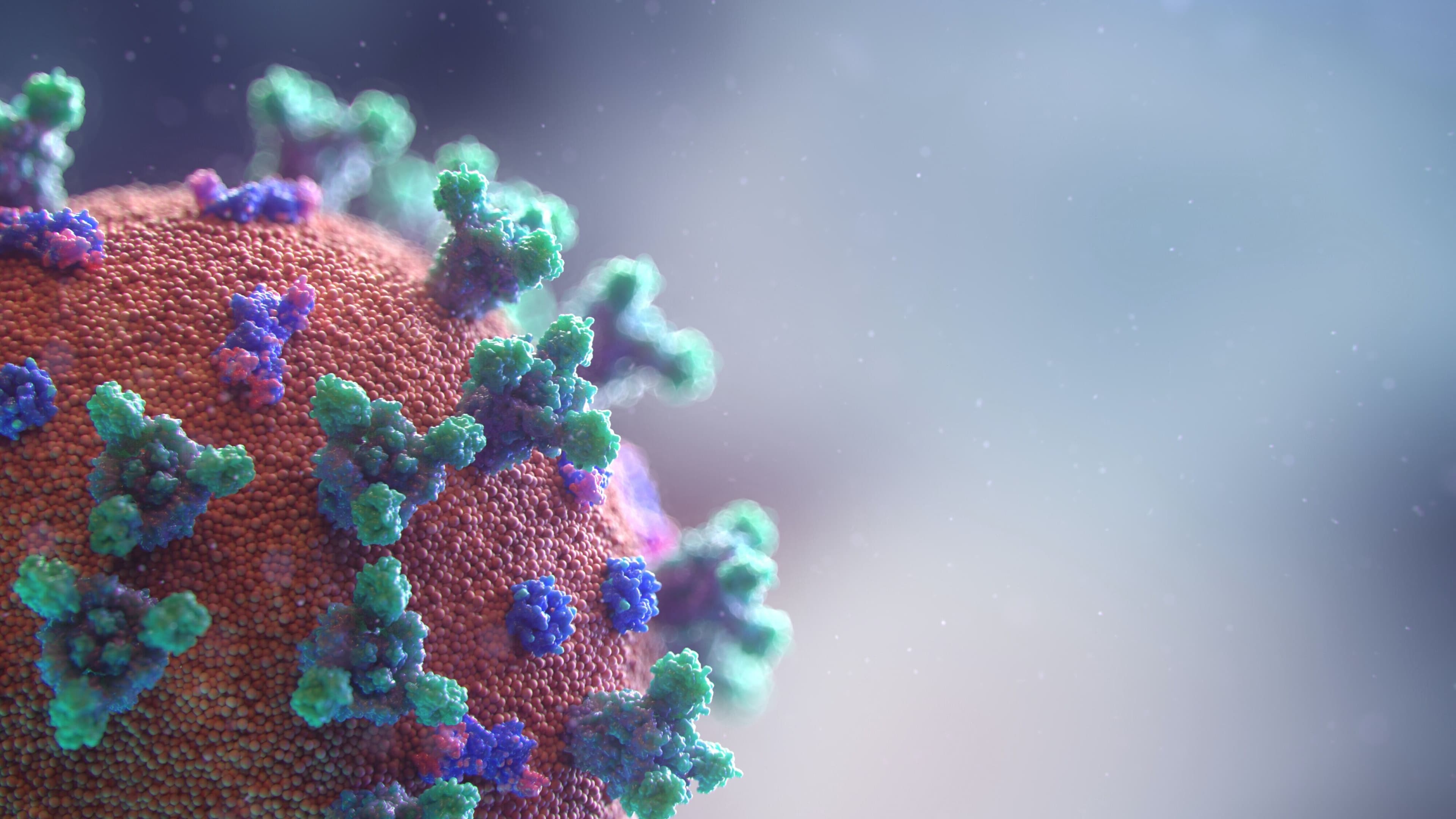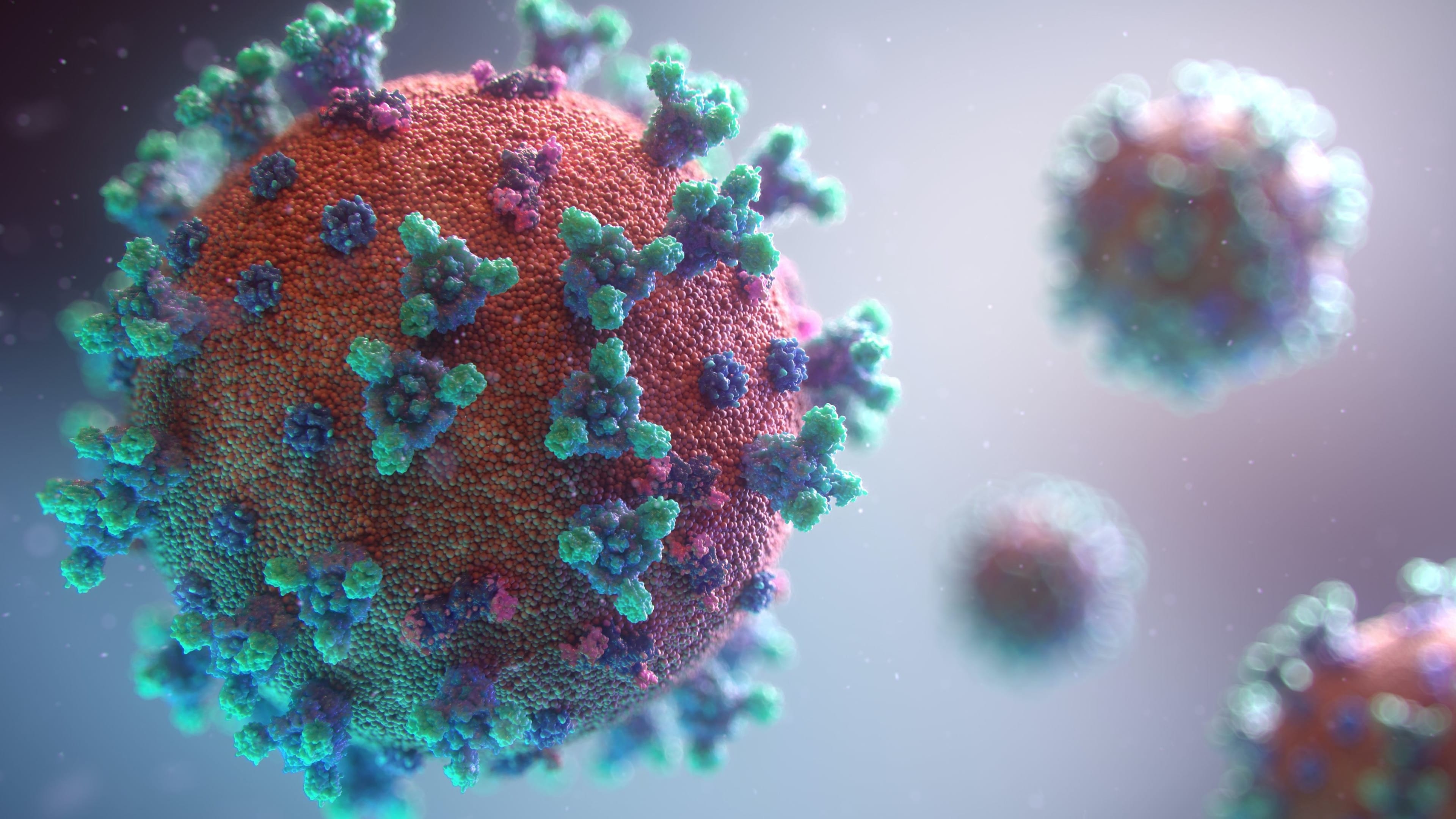How has COVID-19 impacted world poverty?

The pandemic has caused people to lose jobs, income and even their homes. Image: Unsplash/Jonathan Kho

Explore and monitor how COVID-19 is affecting economies, industries and global issues

Get involved with our crowdsourced digital platform to deliver impact at scale
Stay up to date:
COVID-19
- Despite recent trends of shrinking global inequality, the pandemic has reversed that trend and is plunging many poor countries into a deeper state of poverty.
- About 97 million more people are living on less than $1.90 a day because of the pandemic, increasing the global poverty rate from 7.8% to 9.1%.
- Globally, three to four years of progress toward ending extreme poverty are estimated to have been lost.
- Tackling increases in inequality and global poverty needs to start by accelerating the economic recovery in low- and lower-middle income countries.
The global economy is beginning to bounce back from the economic ravages of the coronavirus pandemic, with growth of 5.6 percent expected for 2021. But this recovery is not being experienced equally. Poorer countries are contending with a deeper, longer-lasting crisis that has increased global poverty and is reversing recent trends of shrinking inequality.
The result is that the impact of the COVID-19 pandemic is largest for the world’s poorest. In 2021, the average incomes of people in the bottom 40 percent of the global income distribution are 6.7 percent lower than pre-pandemic projections, while those of people in the top 40 percent are down 2.8 percent. The reason for this large difference: The poorest 40 percent have not started to recover their income losses, while the top 40 percent has recovered more than 45 percent of their initial income losses. Between 2019 and 2021, the average income of the bottom 40 percent fell by 2.2 percent, while the average income of the top 40 percent fell by 0.5 percent.
How has the Forum navigated the global response to COVID-19?
The decline in income has translated into a sharp increase in global poverty. About 97 million more people are living on less than $1.90 a day because of the pandemic, increasing the global poverty rate from 7.8 to 9.1 percent; 163 million more are living on less than $5.50 a day. Globally, three to four years of progress toward ending extreme poverty are estimated to have been lost.
The number of poor people has increased across all regions, and particularly in Sub-Saharan Africa and Latin America and the Caribbean. For example, high-frequency phone surveys conducted by the World Bank found that 81 percent of households in Peru and 85 percent of households in Senegal reported income losses in the first months of the pandemic. Extreme poverty in low-income countries has rapidly increased, setting back progress by eight to nine years, while progress in upper-middle-income countries has been set back by five to six years.
The poorest aren’t the only ones affected as households in the bottom 60 percent of the global income distribution have lost ground due to the pandemic. Pre-COVID-19 projections estimated that the daily per capita incomes of households in the middle of the global income distribution would grow from $7.15 in 2019 to $7.44 in 2021. Income for these households is now projected to be $7.05 in 2021, down 5 percent from the pre-pandemic estimates.
The diverging economic recovery means the COVID-19 crisis has directly offset declining inequality between countries. Now, between-country inequality is estimated to increase for the first time in a generation.
Emerging evidence shows that within countries, inequality may also have worsened. The World Bank’s phone surveys in developing economies showed that poorer households lost incomes and jobs at slightly higher rates than richer households, a trend that contributes to the worsening of global poverty and inequality. That’s because vulnerable groups – women, those with low education, and those informally employed in urban areas – were hit particularly hard.
It is not possible to quantify the effect on global inequality yet, but simulations suggest that an increase of just 1% in within-country inequality would result in 32 million people living on less than $1.90 a day in 2021 and increase the gap between the income growth of the bottom and top 40 percent to 4 percent from 2.7 percent with no change in within-country inequality.
The ravages of COVID-19 will also affect inequality and social mobility in the long run. Those who lost income due to the pandemic have been almost twice as likely to spend down assets or savings, leaving them less able to cope with continued or recurrent income losses. They have also been 57 percent more likely to go a full day without eating, which carries serious long-term consequences for cognitive and physical development when experienced among children. It is also estimated that COVID-19 could lead to an aggregate loss of between 0.3 and 0.9 years of schooling, with poorer families the most impacted.
Job losses among the most vulnerable workers, including women, youth, and those without college education, can affect their productivity and income growth even as economies revive. In addition, the severe impacts seen for small and micro enterprises can lead to the erosion of entrepreneurial capital and jobs that can be hard to reverse. That’s perhaps why, in economies where policies were becoming less restrictive and jobs were coming back between July 2020 and January 2021, the employment gaps between groups produced by the initial impacts of the pandemic did not narrow significantly.
Tackling increases in inequality and global poverty needs to start by accelerating the economic recovery in low- and lower-middle income countries. That means increasing the supply of COVID-19 vaccines to these countries, as their current low vaccination rates are an obstacle to growth. Additionally, increasing fiscal space, such as through the IDA20 replenishment, and fair and efficient domestic resource mobilization will be needed to support investments required for inclusive growth.
To ensure that the recovery is equitable and benefits all groups within countries, spending and policies that target women, low-skilled workers and urban informal sector workers are necessary. This includes providing equal access to financial services and technology and investing in safety nets and social insurance. In addition, children and parents need to be supported through policies as schools reopen.
Don't miss any update on this topic
Create a free account and access your personalized content collection with our latest publications and analyses.
License and Republishing
World Economic Forum articles may be republished in accordance with the Creative Commons Attribution-NonCommercial-NoDerivatives 4.0 International Public License, and in accordance with our Terms of Use.
The views expressed in this article are those of the author alone and not the World Economic Forum.
Related topics:
The Agenda Weekly
A weekly update of the most important issues driving the global agenda
You can unsubscribe at any time using the link in our emails. For more details, review our privacy policy.
More on COVID-19See all
Charlotte Edmond
January 8, 2024
Charlotte Edmond
October 11, 2023
Douglas Broom
August 8, 2023
Simon Nicholas Williams
May 9, 2023
Philip Clarke, Jack Pollard and Mara Violato
April 17, 2023









